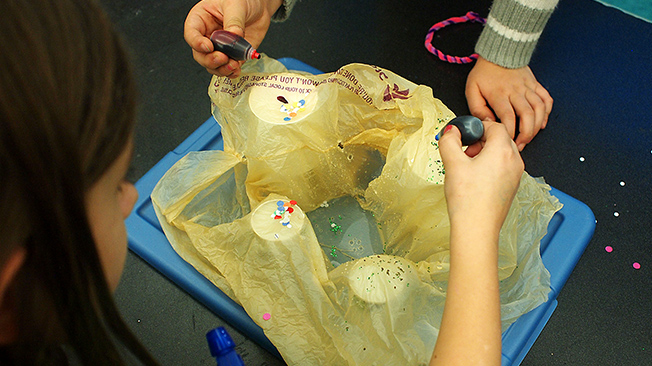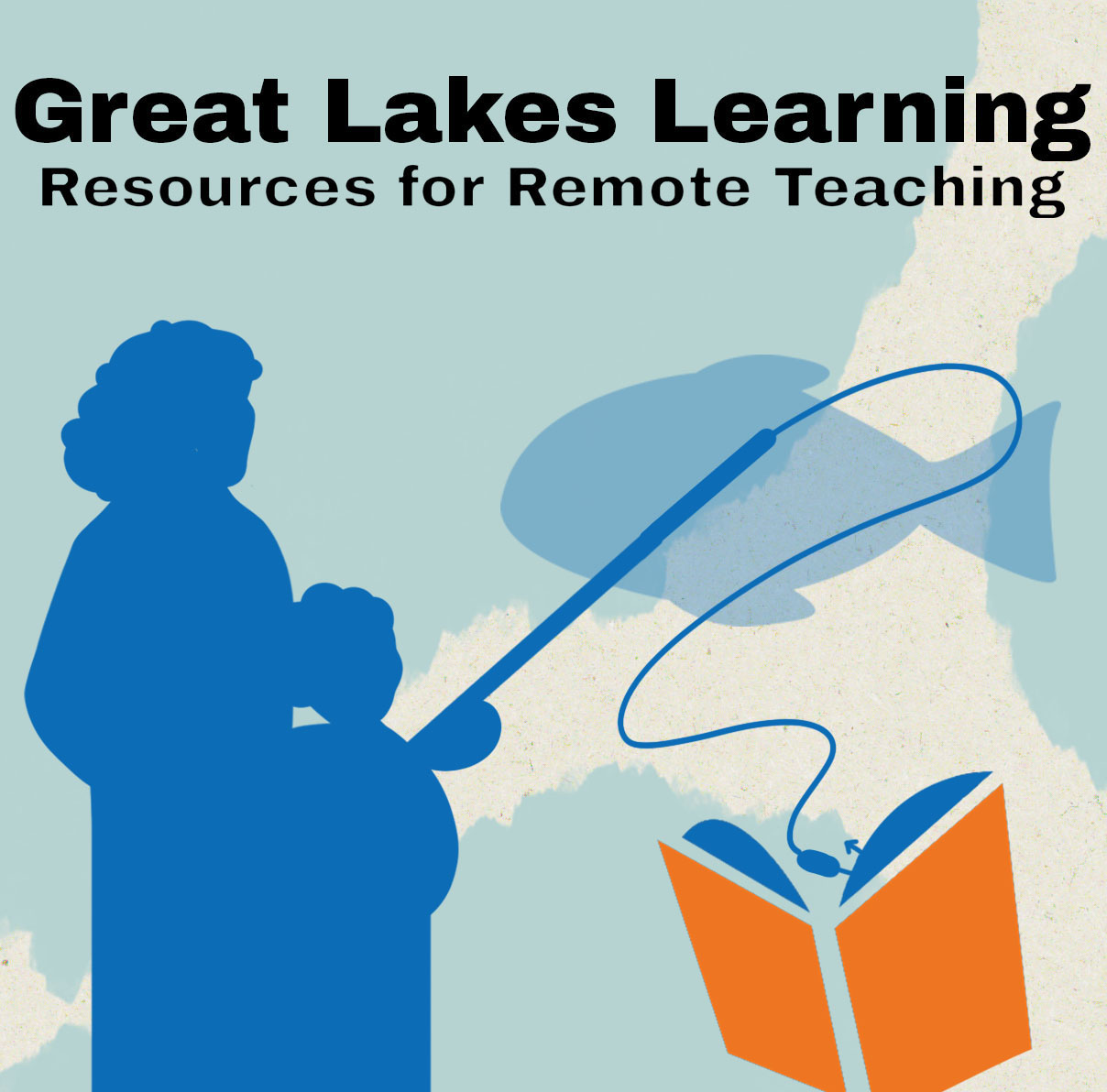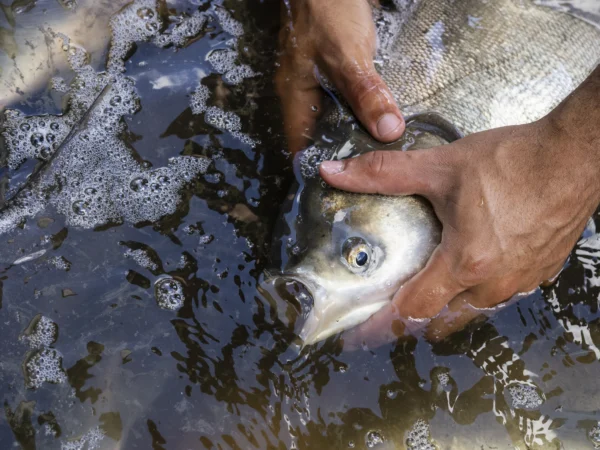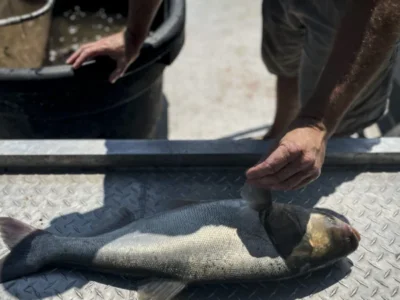
 As the author of Great Lakes Now’s Collection of Lesson Plans, educational consultant Gary Abud Jr. is now providing more support for parents, teachers and caregivers who want to incorporate Great Lakes learning into their time with children and students. His series of writings can be found HERE along with the lesson plans and a Virtual Field Trip.
As the author of Great Lakes Now’s Collection of Lesson Plans, educational consultant Gary Abud Jr. is now providing more support for parents, teachers and caregivers who want to incorporate Great Lakes learning into their time with children and students. His series of writings can be found HERE along with the lesson plans and a Virtual Field Trip.
Research has shown that children begin to form attitudes about science at an early age, and those attitudes can later influences their performance in science classes and participation in science careers.
That’s why introducing students to science during early childhood education and creating positive science experiences for them, provides clear benefits. These include developing academic vocabulary, building scientific literacy, and fostering positive dispositions toward science learning and careers later in life.
To better understand how, we’re sharing four ways that you can adapt the Great Lakes Learning lessons and activities to engage younger learners with the Great Lakes.
Here are the first two:
1. Build a Watershed at Home
The Great Lakes region is one giant watershed – all the lakes are connected and what happens in one lake will affect another “downstream.”
For example, the connectedness explains why some areas get flooding when it rains and others don’t.
The full lesson on watersheds has plenty of activity ideas if you’re not in a classroom setting with middle schoolers who can read independently.
With a little read-along or setup help from a parent or older sibling, younger students can:
Get familiar with the watershed concept using this interactive tutorial.
Build a model watershed on the kitchen table or out in the yard following these kid-friendly directions.

Courtesy of the Fred A. and Barbara M. Erb Family Foundation
Explore this stunning map of the Great Lakes watershed from the Erb Family Foundation, and even download or order a free poster copy here.
Watch the Great Lakes Now segment Rising Waters in the Great Lakes to compare coastal flooding to how water pooled up in the model watershed:
API key not valid. Please pass a valid API key.2. Investigate Invasive Species
If there is one thing that kids love to learn about, it’s animals!
And some of the animals that live in the Great Lakes are being affected by other creatures who have moved in unexpectedly. They’re called “invasive species,” and they can cause harm to the ecosystems they invade.
Kids will love learning about the ways these species are impacting the Great Lakes in the full lesson, but might just as easily enjoy:
- Exploring the aquatic food chains and food webs poster from Michigan Sea Grant Identifying the different types of Asian Carp from our video lesson and making a poster comparing each type of fish
- Watching how zebra mussels are removed from shoreline surfaces using a new technology
- Playing the fish population card game activity to learn how the number of predators and prey in an ecosystem impact each other
Watch Great Lakes Now’s segment “Asian Carp”:
API key not valid. Please pass a valid API key.Catch up on other Great Lakes Learning tips and lessons:
Great Lakes Learning: What grows in the Great Lakes?
Great Lakes Learning: Model the population dynamics of invasive species at home
Great Lakes Learning: How to clean up an “oil spill” at your kitchen table
Featured image: Watershed activity for kids. (Photo credit to PBS Kids)




